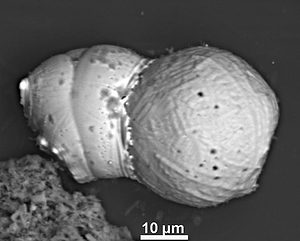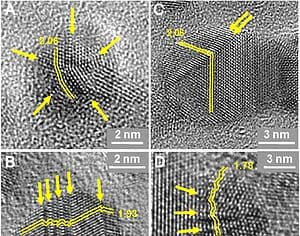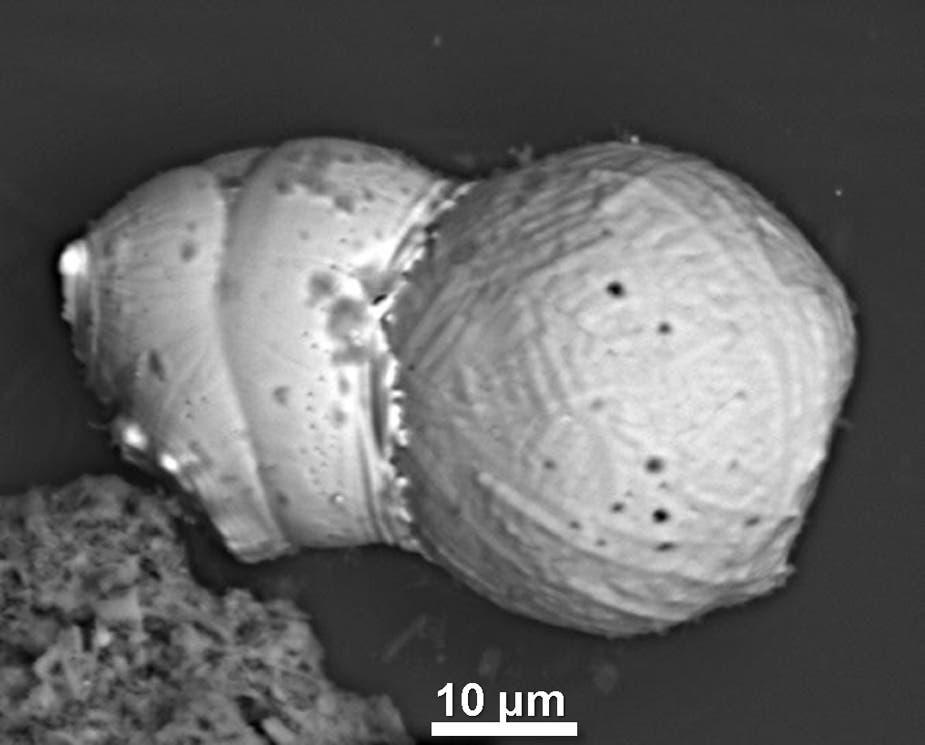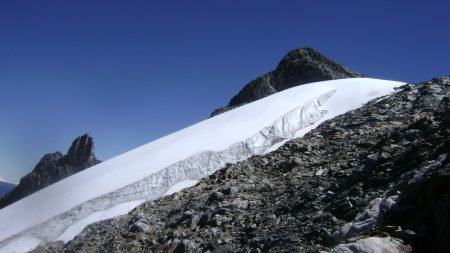A recently published study suggests that the Earth might have been visited by a giant space rock 13,000 years ago, an event which might have sparked an unusual cold period in the planet’s climate history.
The Younger Dryas, also known as the Big Freeze, was a brief period of cold climatic conditions and drought which occurred some 13,000 years ago. Scientists are still debating what exactly caused this sudden shift in climate, and one highly controversial theory has it that a major cosmic impact with Earth might be to blame for the onset of this unusual cold climatic period. Suspicions of such an event have been voiced for a few years now, but up until now no clear evidence to support this hypothesis was found.
Recently, an international team of researchers has identified a nearly 13,000-year-old layer of thin, dark sediment buried in the floor of Lake Cuitzeo in central Mexico. This layer is filled with an eclectic geological mix of materials, including nanodiamonds, impact spherules, and more, which, according to the researchers, are the result of a cosmic body impacting Earth.

The theory was long dismissed since no impact crater could be found, but the researchers involved in the study argue that a lot of cosmic bodies simply disintegrate into the atmosphere before even getting the chance to reach the ground. They claim the hypothetical comet event might have actually exploded in mid-atmosphere.
“If you don’t have a crater, you’re a little bit lost,” said space scientist Ted Bunch of Northern Arizona University, a member of the research team. “Here what we have is something similar to an aerial bomb blast. With these aerial bursts, with time all the evidence is wiped away unless it’s buried.”
Apart from the Mexican site, the researchers also identified sediment layers of the same age, dating back 13,000 years ago, in Canada, the United States, Russia, Syria and various sites in Europe. The same family of nanodiamonds, including the impact form of nanodiamonds called lonsdaleite, which is unique to cosmic impact, and high velocity collided spherules were found. These features are impossible to form through geologically natural processes here on Earth, and seem to lead to the conclusion of a cosmic impact. Since evidence has been scattered through the world, including Mexico and the tropics, with this latest find, it seems a large, previously fragmented body, greater than several hundred meters in diameter entered the atmosphere at a relatively shallow angle.
If you have an event like this in a 1- or 2-inch layer that dates to exactly the same age over a very large area, and you have high-temperature materials and nanodiamonds in there, the evidence pretty well points to an event that as pretty disastrous,” Bunch said.
A heat flash fireball in the sky might have caused an ice age

Currently, there are only two known continent-wide layers with abundance peaks in nanodiamonds, impact spherules, and aciniform soot. One is the Younger Dryas layer, and the other is 65-million-year-old Cretaceous-Paleogene boundary layer, which sets it on par with the current leading dinosaur extinction theory of a giant asteroid impact. The Younger Dryas period is associated with the extinction of a large number of mammals, including Mammoths and Saber-toothed cats.
“The timing of the impact event coincided with the most extraordinary biotic and environmental changes over Mexico and Central America during the last approximately 20,000 years, as recorded by others in several regional lake deposits,” said James Kennett, professor of earth science at UC Santa Barbara. “These changes were large, abrupt, and unprecedented, and had been recorded and identified by earlier investigators as a ‘time of crisis.’ “
A comet impacting Earth’s atmosphere at a typical velocity of 30 miles/second would have caused a deadly heat flash reaching about 3,000 to 4,000 degrees Fahrenheit (1,600 to 2,200 degrees Celsius), obliterating any sings of life across a wide radius around it – like a deadly ball of fire. The researchers aren’t claiming, however, that this celestial impact event actually started the Younger Dryas ice age, but rather argue that it surely had a significant effect on Earth’s climate.
“We’re not going to come out and say it did do it, but it’s more than a coincidence that the timing happened exactly the time that a lot of climatic conditions occurred and you had the loss of various species,” Bunch said.
The researchers’ findings were published in the journal Proceedings of the National Academy of Sciences.









